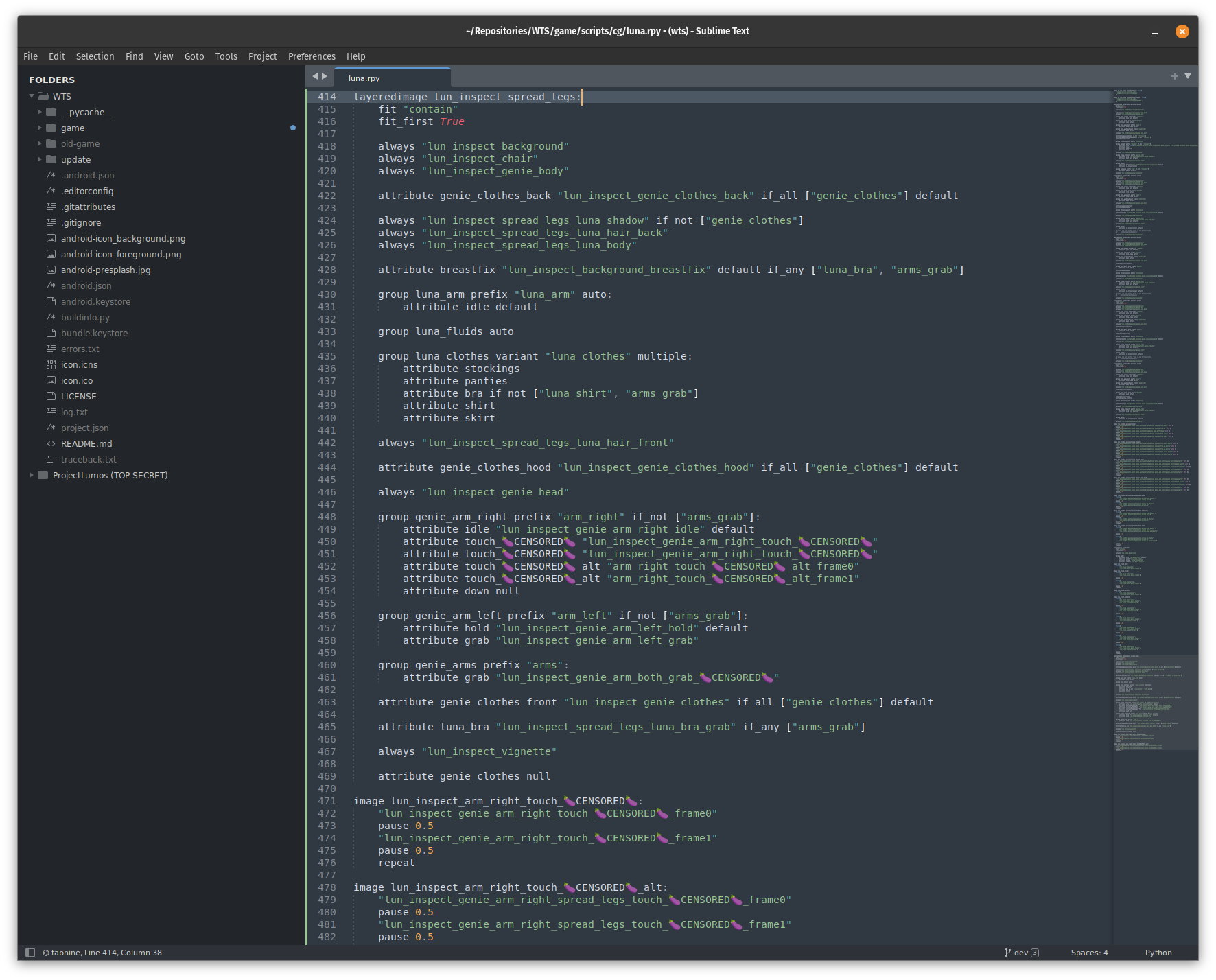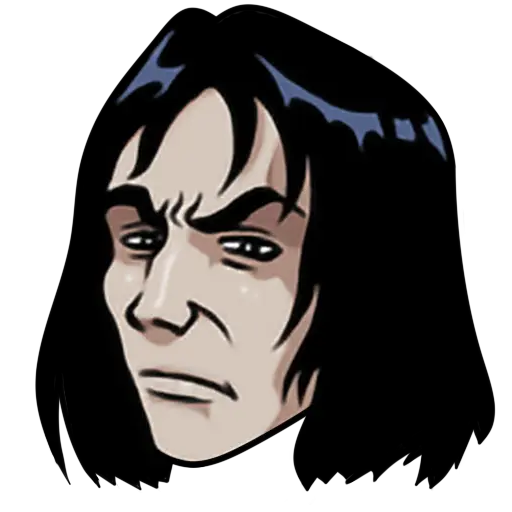Hey there, Patrons and WTS fans! It’s LoafyLemon here, your friendly neighbourhood adult-game dev. Today, I’m going to give you a sneak peek into the process of implementing CG scenes (hand-drawn smut) in Witch Trainer Silver.
The process starts with sourcing the perfect CG images. We’re quite picky about this *cough* as are most of our users *cough*, as the quality and style need to match the overall aesthetic of the game as closely as possible, which I must emphasise, it’s not easy! Once we’ve conceptualised and drawn the scenes, it’s time to prepare them for integration. This involves splitting layers, resizing, cropping, and optimising the images to ensure they load smoothly within the game.
Next up, we need to decide where and when these CG scenes will appear in the scene they were planned for. It’s all about finding the right balance between storytelling and visual pleasure. We want to make sure that these scenes enhance the (s)experience without disrupting the flow of the game.
Once we’ve figured out the placement, it’s time for the programming part. I use SublimeText as my code editor of choice because it’s blazing fast, versatile, and has all the features I need. To integrate the CG scenes, I write scripts that trigger the scenes at specific points in the story. These scripts also handle the transition between regular gameplay and the CG scenes, ensuring a (usually) seamless experience for you lads and gals.
Of course, I wouldn’t be myself if I didn’t dive a little bit deeper into the technical side. Historically, I used my own python implementation for CG scenes, which turned out to be less than ideal because I was going against the current, fighting with the engine quirks, instead of following its workflow. Ren’py’s layeredimage feature plays a crucial role in this new process. For those unfamiliar, layeredimage is a built-in Ren’py feature that allows us to create complex and dynamic scenes by layering multiple images on top of each other. This is particularly useful for CG scenes, where we often need to combine backgrounds, characters, and various other elements to create a cohesive and visually appealing image, while maintaining the ability to switch parts of the image dynamically.

Promptly after the image definitions are implemented, it’s time to pose the scenes and see how things fit together. This is a time consuming process and has a huge impact on the overall quality of the scene, involving posing facial expressions, adding visual effects, and setting up animation timers. At times we also draw additional bits and bobs as we go through the implementation to fully flesh out the scene.
After the programming is done, we move on to testing. This is where we make sure everything works as intended and that the scenes are triggered correctly. It’s also a chance to fine-tune the timing and presentation of the CG scenes to ensure maximum impact.
Finally, once everything is working as it should, and we’re happy with the final piece, we upload everything to our git repository.
By the way, we really appreciate your support and feedback, as it helps us continue to improve and expand the game.
That’s a quick overview of how we implement CG scenes in WTS. I personally hope you enjoyed this behind-the-scenes look, and we can’t wait to share more updates with you in the future.
Stay naughty,
LoafyLemon.

